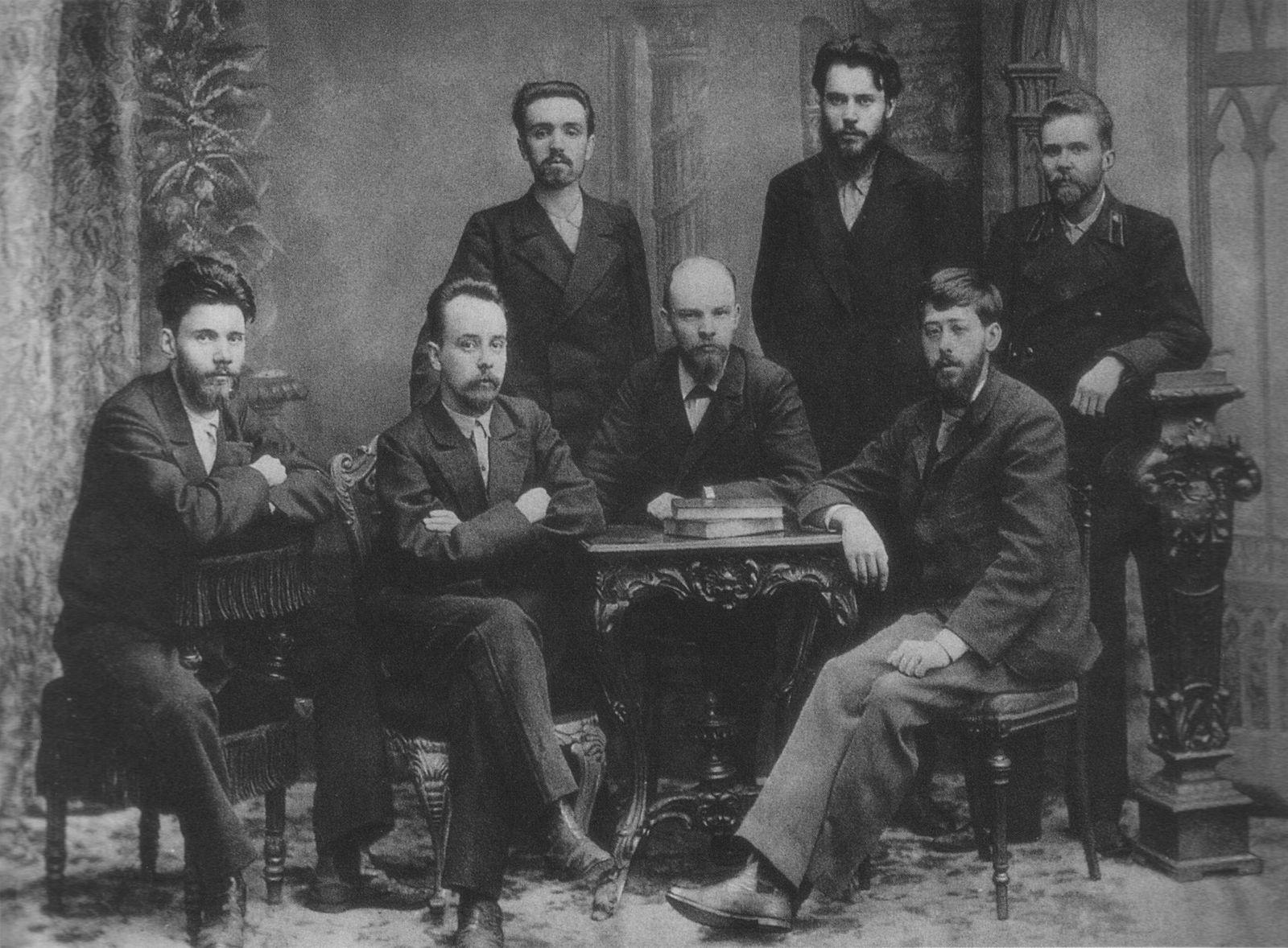The Italian founder of Futurism declared in a manifesto, around a century ago, the objectives of his ultra-modernistic movement. One of them was:
We wish to destroy museums, libraries, academies of any sort.1F. T. Marinetti: Critical Writings, trans. Doug Thompson, ed. Günter Berghaus (New York: Farrar, Straus and Giroux, 2006), 14.
His destructive intent was neither metaphorical, nor unique. Iconoclasm had always existed. It existed as soon as humans were capable of creating objects to stand as symbols, objects of shared meaning. One could find the iconoclastic urge in the broken noses on the statues of Egyptian pharaohs or the obliterated Assyrian heritage in modern war zones of Iraq and Syria. Below is a list of the various types of iconoclasm including the Futurist one (Refer to number 7 on the list).
Note that no list could be scientific or clear-cut. For example, destruction of minorities’ heritage (number 4 below) often happens as part of wider war-time destruction (number 2). Also, note that I have eliminated from the list accidental destruction (the national museum of Brazil consumed by fire), pathological attacks (the crazed Hungarian dealing hammer blows to Michelangelo’s Pieta) and mob vandalism during chaotic periods (the looting of the Iraqi national museum following the American invasion).
1. Religiously-motivated iconoclasm:
This type of iconoclasm is what gave us the very term, which means “smashing of icons.” It goes back to the Byzantine iconoclasts who violently opposed the veneration of Christian icons in the 8th century with support from Byzantine Emperor Leo III. Such iconoclasts consider the very existence of certain objects an offense to their god or an aggression on their “sacred” beliefs.
2. Wartime iconoclasm:
Technological progress during the 20th century allowed the obliteration of entire historical neighborhoods in a matter of minutes. The aggressive forces claims that under the fog of war destroying cultural property is unavoidable. The two World Wars inflicted incalculable damage on cultural heritage of most nations involved. The bombardment of the Reims Cathedral, for example, during WWI caused international fury as the French accused the Germans of deliberately targeting it.
3. Iconoclasm as “riotous vengeance”:
The target is often a former tyrannical regime. One well-known example is the destruction of communist monuments in Eastern Europe in and after 1989. Also, during the fervor of the French Revolution, symbols the ancient régime were demolished including equestrian statues and royal tombs.
4. Iconoclasm as a form of persecution (cultural genocide):
This is the type of iconoclasm where the cultural property of an ethnic or religious group is “systematically” destroyed. The Chinese government, for example, targeted the heritage of Tibetans. Another example is the Nazi destruction of centuries-old synagogues along with other Jewish property in Germany, France, Latvia and Lithuania.
5. Iconoclasm as “an artistic expression”:
It’s rooted in the early 20th-century art movements like Dada, though they never actually destroyed artworks. Dada artists displayed “mock vandalism,” e.g. Marcel Duchamp’s famous reproduction of the Mona Lisa with a moustache and a small beard. However, there are cases where real art was destroyed. The most recent one is Banksy’s self-destructing painting.
6. Iconoclasm as “an act of protest”:
The suffragettes were the first in the last century to use iconoclasm for political purposes, i.e. protesting perceived injustice. But one could still find a few similar incidents in the 19th century: the demolition of the Vendôme Column as an act of open defiance to the French government by the revolutionary communists and anarchists, known as Communards, who ruled over Paris for a few months in 1871. The fact that vandals attack objects, rather than physically harm humans, does not mean they are much less controversial. In fact, the term “cultural terrorism” has been used to label such attacks and is slowly gaining traction in the media.
7. Iconoclasm as a state-sponsored “campaign of modernization”:
This type of iconoclasm is unique since it is the case where a society demolishes its own heritage. The initiative is always part of a government’s vision to modernize, i.e. “from above.” It is led by an authoritarian ruler and takes place during peacetime. The justification is the elimination of old ideas or superstitions. The Italian Futurists, led by Filippo Marinetti, advocated such initiatives. Russian and Chinese Communists actually demolished much of their own heritage. (Read full analysis here.)
8. Iconoclasm for economic development:
Iconoclasm for industrialization or economic development is sometimes associated with the previous kind, of state-sponsored campaigns to “clean up” old heritage. But in other cases, there was a genuine need to destroy certain national treasures as a last resort to better the lives of the living, as in the case of Egypt below.
No, in most cases. Once cultural heritage is destroyed, it is lost forever. Continue reading…
You might also like:
‘Destroy museums!’–Why an Italian waged war against the past
Those who embraced state-sponsored iconoclasm as a fast track to modernization
ARTICLE: THE FUTURIST MANIFESTO
Is it ever justified for a people to destroy their cultural heritage?
How to deal with symbols of hate?
ARTICLE: THE FUTURIST MANIFESTO
Endnotes




